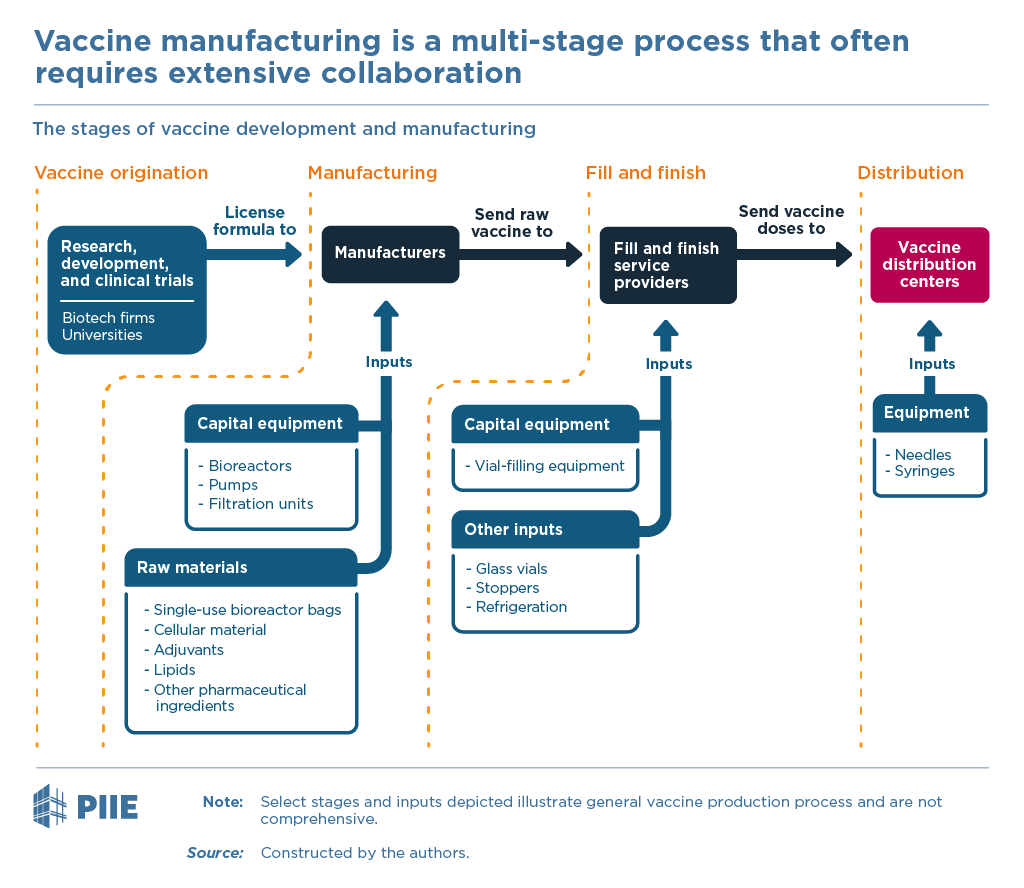
Chip shortage! The Biden administration and US allies have now committed to work together on semiconductor policy. That will prove hard. Why it's needed, and where to start.
My latest, in @ForeignAffairs 1/
foreignaffairs.com/articles/2021-…
My latest, in @ForeignAffairs 1/
foreignaffairs.com/articles/2021-…
The chip shortage facing automakers heightened the issue's seriousness. But the supply of semiconductors was at risk long before the pandemic, and COVID-19 is only partly to blame for today’s problems.
One of the biggest culprits was a sudden shift in US trade policy... 2/
One of the biggest culprits was a sudden shift in US trade policy... 2/
Trump imposed 25% trade war tariffs on semiconductors beginning in July 2018. The US now imports **half as many** semiconductors from China as it did pre-trade war. (That's billions of fewer chips).
Those missing chips have NOT been replaced by imports from elsewhere... 3/

Those missing chips have NOT been replaced by imports from elsewhere... 3/


That wasn't all. The Trump administration adopted a clumsy approach to export controls on semiconductors for national security reasons (Huawei, SMIC).
This led to an acceleration of US chip exports and hoarding by Chinese consuming firms worried about being cut off... 4/
This led to an acceleration of US chip exports and hoarding by Chinese consuming firms worried about being cut off... 4/

The Biden administration arrives.
Policy cooperation on semiconductor supply chains resilience has been a readout of each of Biden's key leader's summits, beginning in April with Japanese Prime Minister Yoshihide Suga... 5/
whitehouse.gov/briefing-room/…
Policy cooperation on semiconductor supply chains resilience has been a readout of each of Biden's key leader's summits, beginning in April with Japanese Prime Minister Yoshihide Suga... 5/
whitehouse.gov/briefing-room/…
Policy cooperation on semiconductor supply chains resilience was a readout of Biden's leader's summit in May with South Korean President Moon Jae-in... 6/
whitehouse.gov/briefing-room/…
whitehouse.gov/briefing-room/…
Policy cooperation on semiconductor supply chains resilience was a readout of Biden's summit in June with European Union leaders, included as part of the newly established US-EU Trade and Technology Council (TTC)... 6/
whitehouse.gov/briefing-room/…
whitehouse.gov/briefing-room/…
With their overarching goal now set, Washington and its partners must turn to the hard work of hammering out the details on a semiconductor policy. Only then will they be able to protect their national security and stave off another economic crisis. ENDS/
foreignaffairs.com/articles/2021-…
foreignaffairs.com/articles/2021-…
• • •
Missing some Tweet in this thread? You can try to
force a refresh













